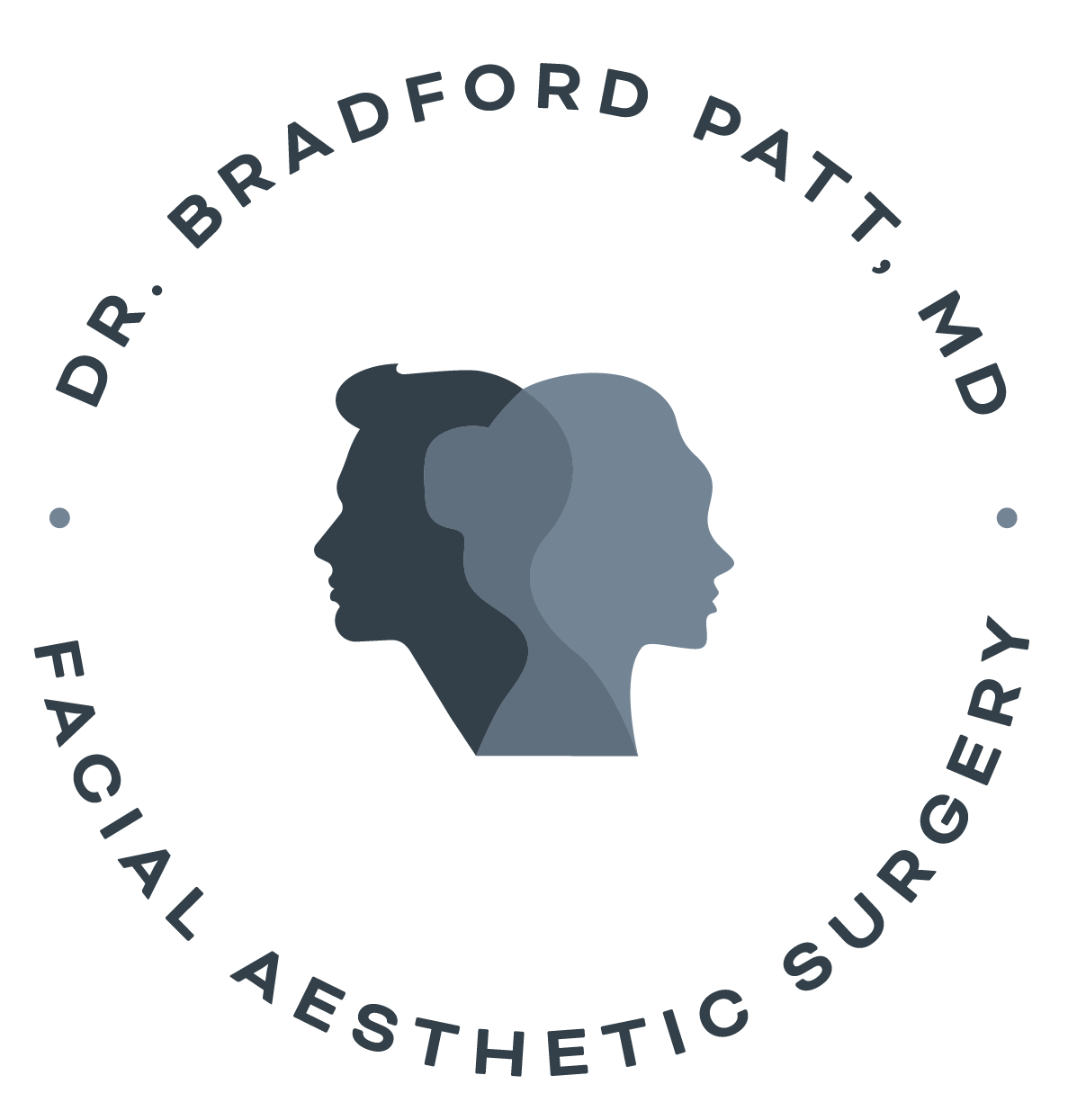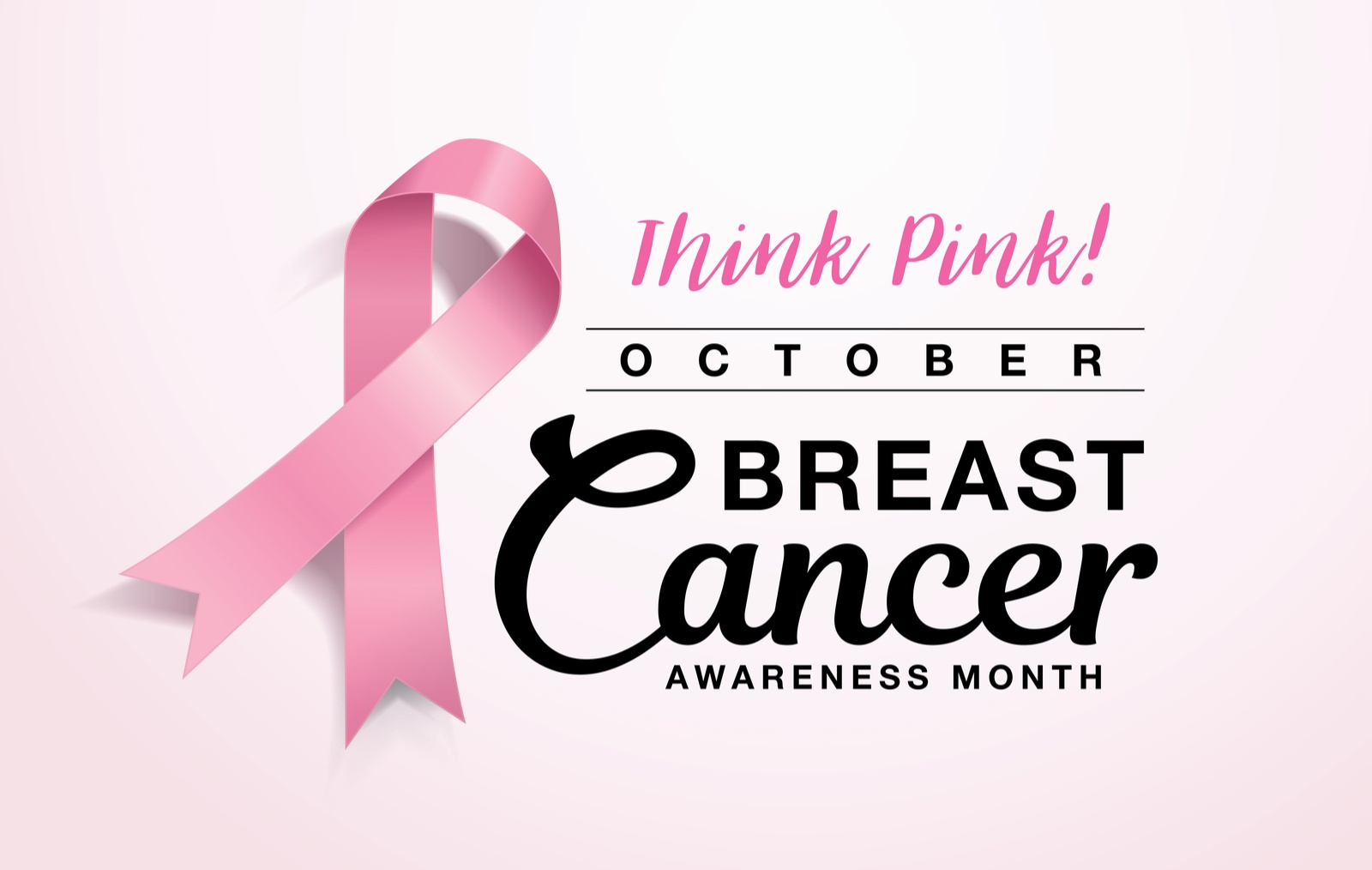October is Breast Cancer Awareness month. Thousands of organizations worldwide highlight the importance of education, research, and support for the disease. It’s an annual campaign designed to raise awareness of the disease, and to promote breast cancer screening that can save lives through early detection and treatment.
In honor of Breast Cancer Awareness Month, here at the Houston Center for Facial Plastic Surgery (HCFPS) , we’re providing this helpful guide about the signs and symptoms of breast cancer and screening for the disease, along with some facts and risk factors relating to the disease. Awareness of your risk factors, symptoms of breast cancer, and screening recommendations can increase your risk of surviving breast cancer.
Breast Cancer Statistics
According to the U.S. Department of Health and Human Services, approximately one in eight women (or 12.5 percent) in the U.S. will develop breast cancer at some point in the lifetime. After skin cancer, breast cancer is the most common cancer women get, according to the American Cancer Society. Although men can develop breast cancer, it is far more common in women. It’s estimated there are more than three million breast cancer survivors in the U.S.
Breast Cancer Risk Factors
Your risk for developing breast cancer can increase based upon a combination of factors, reports the Center for Disease Control and Prevention (CDC). These include:
-
Having a genetic mutation. Certain inherited gene mutations, such as BRCA1 and BRCA2 increase your risk of breast cancer. Physicians estimate that five to 10 percent of cancers of the breast link to gene mutations passed through family generations. People who have a strong family history of breast cancer should consider or ask their physicians about genetic testing.
-
Being older. Your risk of developing breast cancer increases as you age. Doctors diagnose the majority of breast cancers in women after the age of 50.
-
Having a family history of breast cancer. If your sister, mother, or daughter has had breast cancer, you’re at a higher risk. Multiple family members who’ve had the disease (whether on the father’s or mother’s side) also increase your risk, as does have a first-degree relative (brother, father or son).
-
Having had previous radiation treatment. Specifically, if you had radiation treatment before the age of 30.
-
Having dense breasts. Females who have dense breast have an increased likelihood of breast cancer.
-
Previous breast cancer history. If you’ve had breast cancer once, you are at a higher risk of getting it again.
Other risk factors include:
-
Being sedentary.
-
Being obese or overweight post menopause.
-
Taking hormones, such as hormone replacement therapy.
-
Having your first baby after the age of 30.
-
Having never been pregnant.
-
Getting your first menstrual period before the age of 12.
-
Having menopause at an older age.
-
Not breastfeeding.
-
Taking birth control pills.
-
Drinking alcohol.
-
Smoking.
-
Being exposed to chemicals that can cause cancer.
Breast Cancer Symptoms and Signs
Some women experience no initial signs of breast cancer. Others may experience one or more of the following signs and symptoms of breast cancer.
-
A lump in the breast
-
A lump in the armpit region
-
Swelling of the breast
-
Thickening of the breast
-
Redness in the nipple area (areola) or breast
-
Flaky skin in the nipple area (areola)or breast
-
Peeling skin in the nipple area( areola) or breast
-
Dimpling or pitting of the breast skin (similar to an orange)
-
An inverted nipple (breast retraction or turning inward)
-
A discharge from the nipple, often that’s bloody
-
Changes in the texture of the breast or nipple
-
Changes in the shape of the breast or nipple
-
Pain in the breast
If you notice any one of the above signs, see your doctor right away even if you recently had a mammogram that came back normal.
What are Breast Cancer Screenings?
Breast cancer screening involves checking a woman’s breasts for cancer prior to any signs or symptoms of the disease.
As with many types of medical screenings there are risks and benefits. The biggest benefits of breast cancer screening are finding evidence of the disease early before it has spread and being able to effectively treat it.
Over treating, finding false positives, and getting false negatives are all risk factors related to screening for breast cancer. Over treating can lead to taking medications, getting radiation or having surgery, which may have side effects.
Types of Breast Cancer Screening Tests
There are several types of breast cancer screening tests. The most common are:
-
Mammogram. Today, mammograms are the gold standard in finding breast cancer at its earliest stage when its easier to treat. Screening, diagnostic, digital and 3D mammograms are all types of this test.
-
Clinical Breast Exam. Here your gynecologist examines your breast for lumps or other signs of breast cancer. The Susan G. Komen Breast Cancer Foundation recommends you having a clinical breast exam at least every three years starting at the age of 20, and once per year starting at age 40.
-
Self Breast Exam. Women conduct a breast self-exam at least monthly to notice changes in their breasts, such as pain, lumps, or changes in size, shape or texture. They should work with their physician to learn the self-breast examination technique, and when and how often they should perform the exams of their breasts. When you regularly exam your breasts, you learn what is normal for you, and you'll be able to more easily recognize if something seems or feels odd or out of the ordinary. If you notice any abnormalities, such as lumps or hard knots, or changes, like swelling or thickening, when performing a breast self-exam, notify your doctor. While lumps could be cysts or benign tumors, they could also be malignant, so always present your findings to your doctor.
In addition, you may require a Breast Magnetic Resonance Imaging (MRI) to complement your mammogram if you’re at a high risk of breast cancer. In some cases, women need a breast ultrasound to rule out evidence of the disease. The latter might be the cause for women who have dense breast.
Recommended Breast Cancer Screening Guidelines
The American Cancer Society (ACA) recommends breast cancer screening as follows:
- Yearly: A women age 45 to 54 should get a mammogram every year.
- Every two years: A woman 55 years of age and older.
A woman age 40 to age 44 should consider the option to begin annual breast cancer screening with mammograms if they desire to do so.
Each woman needs to talk to their doctor to determine how often they should be screened for breast cancer based upon her own risk factors. Additionally, since breast cancer screening guidelines change periodically, women should regularly speak to their doctor about screening changes in order to stay up-to-date with any revised recommendations.


